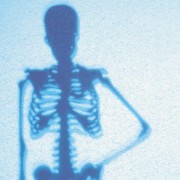 Photo: Getty Images
Photo: Getty Images
When people think about bone strength or bone disease, osteoporosis tends to come up in conversation. Bone is a dynamic organ in the body and is continually being restructured. The normal process of creating bone is that it is being broken down and then being reformed.
Osteoporosis is defined as failure of the body to be able to form a new matrix when the old bone get reabsorbed. This creates weak bones that are more likely to be easily fractured or broken. Researchers estimate that twenty percent of women over the age of 50 have been diagnosed with osteoporosis. Fifty percent of women over the age of 50 will fracture their hip, wrist or vertebra.
The loss of bone density usually occurs gradually over the course of several years. Estrogen has a protective effect on bone health and as it decreases during menopause it has a negative effect on bone health. The best way to treat osteoporosis is to prevent the loss of bone in the first place. Here are a few suggestions to help prevent osteoporosis in the first place.
The best defense for osteoporosis is to create and maintain dense strong bones. Studies have shown that weight-bearing and resistance exercises help to build muscle mass and bone strength. Bones are made up of a matrix of vitamins and nutrients.
The most common vitamin and mineral discussed in relationship to bone health are vitamin D and calcium. The current recommendations for calcium is 1,200 mg and for vitamin D3 is 1,000 IU (international units).
In addition to these nutrients there are others that are important to bone health. Boron, copper, fluoride, phosphorus, iron, manganese, magnesium, potassium, vitamin C, vitamin K and zinc are also important for bone health.
Why do I mention all of these nutrients? Because they need to all be included in the discussion of bone health. There is no one food product that contains all of these nutrients. Instead there needs to be a balanced and varied diet to absorbed all of these nutrients.
Learning about preventive lifestyle methods can prevent the need for using drug therapies for bone health. Bisphosphonates are usually given to postmenopausal women and they have side effects that can impact daily activities, like abdominal pain, bone pain, irregular heartbeat, muscle cramping or pain, stomach ulcer or upset, headache, or esophagus inflammation.
Eating right and exercise can keep your bones strong.
Live Vibrantly,
Dr. Dae
Dr. Dae's website: www.healthydaes.com
Dr. Dae's book: Daelicious! Recipes for Vibrant Living can be purchased @ www.healthydaes.com
Dr. Dae's Bio:
“Dr. Dae" (pronounced Dr. Day) Daemon Jones is a Naturopathic Physician who treats the whole person using safe and effective combinations of traditional and natural methods to produce optimal health and well-being in the lives of her patients.
Sources:
"Other Nutrients and Bone Health At a Glance." Arthritis, Musculoskeletal and Skin Diseases Home Page. N.p., n.d. Web. 15 Nov. 2011. http://www.niams.nih.gov/Health_Info/Bone/Bone_Health/Nutrition/other_nutrients.asp
"Osteoporosis - PubMed Health." National Center for Biotechnology Information. N.p., n.d. Web. 15 Nov. 2011. http://www.ncbi.nlm.nih.gov/pubmedhealth/PMH0001400
"Protect Yourself Against Osteoporosis | DrFuhrman.com." Dr. Joel Fuhrman Improves Health - Lose Weight Naturally | Reverse Diabetes | Prevent Heart Disease and Cancer | Lower Cholesterol. N.p., n.d. Web. 15 Nov. 2011. http://www.drfuhrman.com/disease/Osteoporosis.aspx
Reviewed November 17, 2011
by Michele Blacksberg RN
Edited by Jody Smith

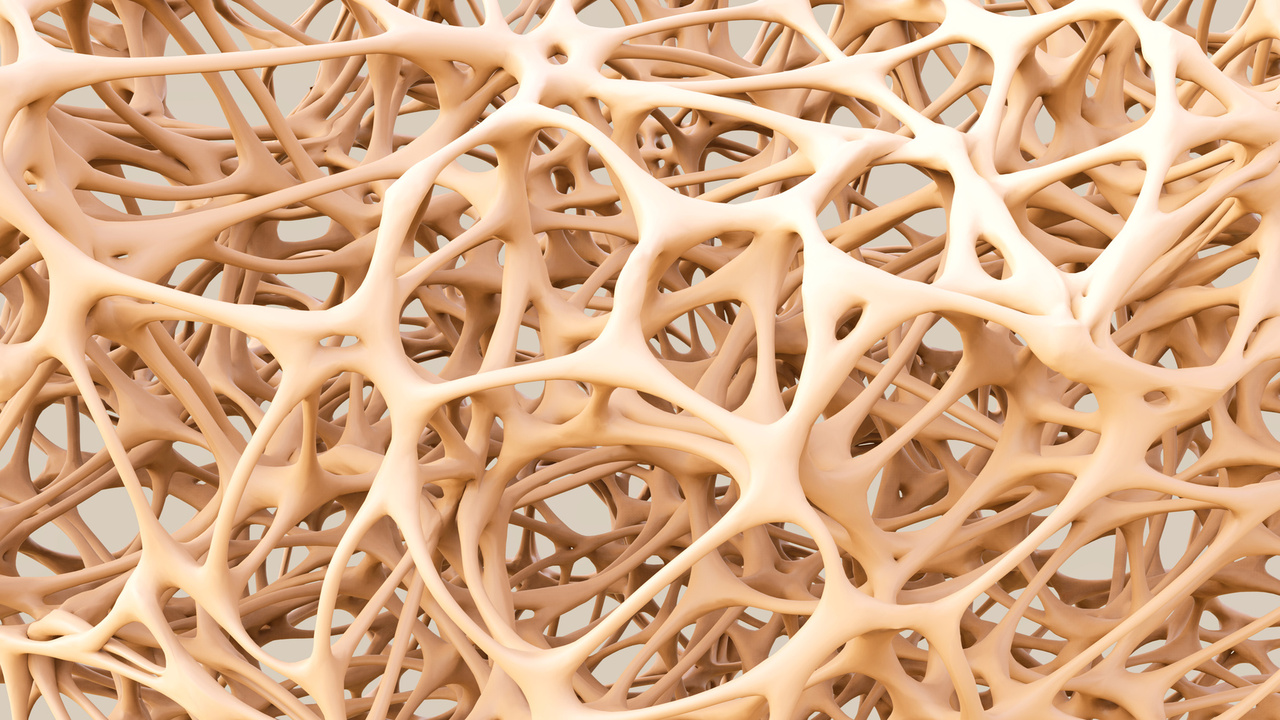
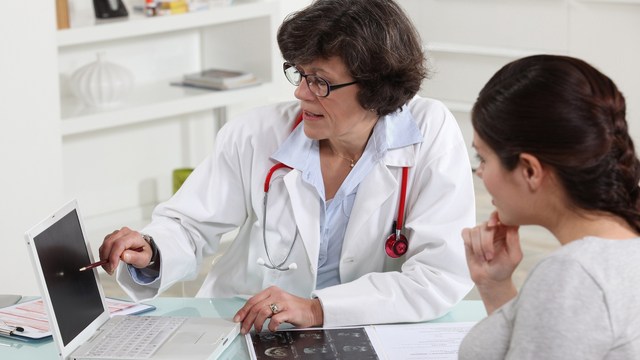
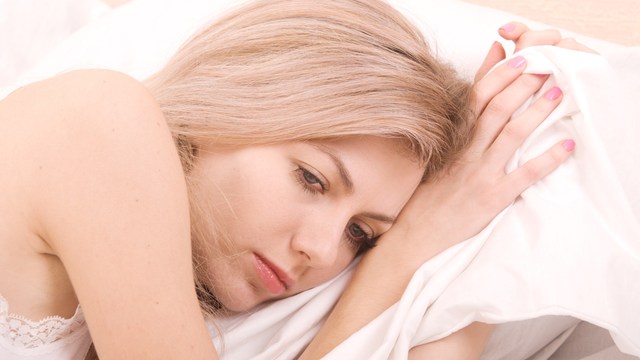
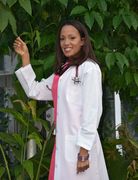

Add a Comment1 Comments
I wanted to share my story of osteoporosis. I am a certified nurse-midwife, so had practiced taking calcium and vitamin D for many years. I also am a runner-walker.
I realized that I was at increased risk, due to an aunt who had severe osteoporosis and the fact that I am fairly petite. So, at age 50, I asked for a bone scan. I had to be assertive about it because they said not until 65.
The results came back and I had a very serious case - no breaks yet but at-risk for one any moment. It took 4 or 5 years of working with physicians who supported my wellness plan. I finally saw significant improvement my second year on Forteo.
What I learned from this is not to blame myself for the osteoporosis. I had genetic risks that were not buffered (as much as I had hoped) by my wellness practices. My endocrinologist found low vitamin D levels, though I was well over the RDA daily. He also found a condition where I loose too much calcium in my urine.
By combining my wellness practices with prescribed meds, I have been able to improve to the point where I mostly have osteopenia now and my risk of fractures is much less for life.
If you are at risk for osteoporosis, please follow the advise in this article - plus get a bone scan at ~50 years and work with your doctors if you do discover that you have this condition. It is important! Fractures in the elderly are serious. Acting now makes a difference later.
November 19, 2011 - 7:21pmThis Comment